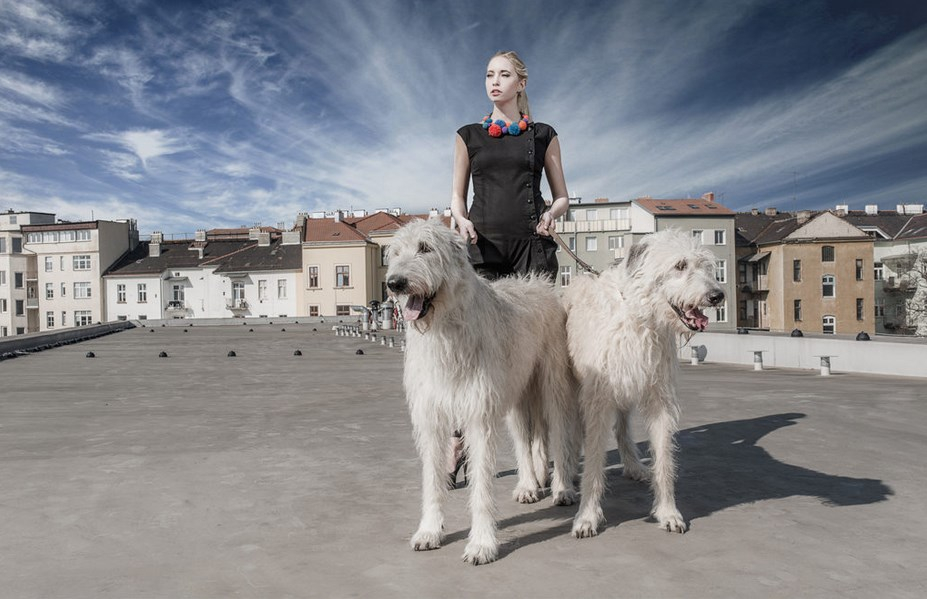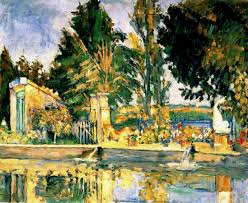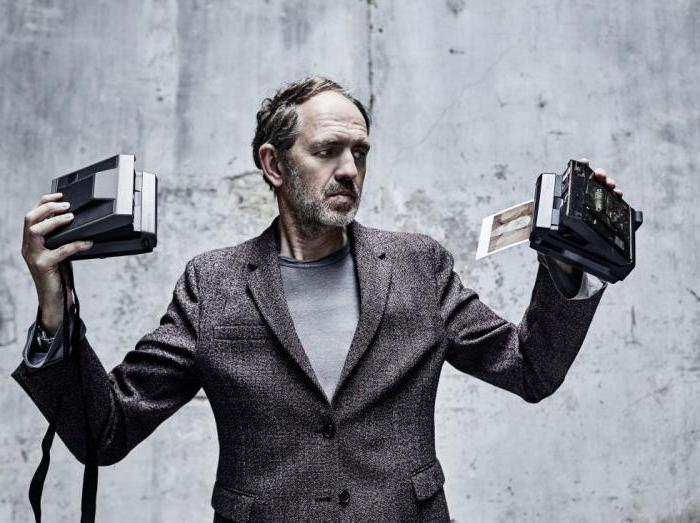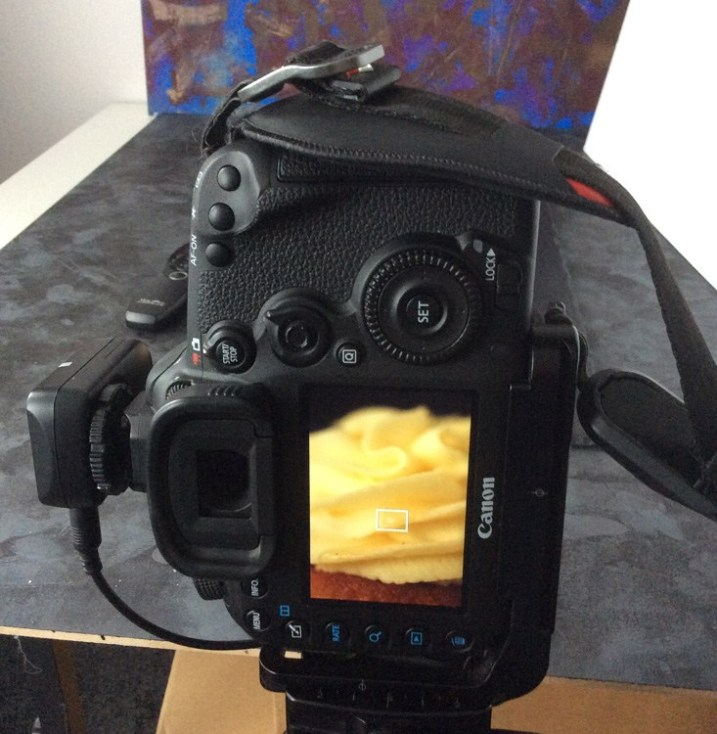How photography completely changed art
 Both painting and photography are forms of visual art that are designed to create images and visual symbols.
Both painting and photography are forms of visual art that are designed to create images and visual symbols.
The difference in the manufacturing method creates some features.
2Painting is not only the earliest known form of visual art, but also the earliest example of human creativity. Over such a long way, the look, form, language and expression, both from the outside and inside, influenced each other and transformed.
Despite the fact that photography is the youngest of the known forms of visual art (it is less than two centuries old), it has undergone dramatic changes both externally and internally.
Any work of art reflects the influence of the society of the surrounding artist, the materials used, as well as the technologies characteristic of a particular era.
For example, prehistoric man used the walls of caves as a canvas, and pigments made from ocher as materials, in turn, religious superstition and nature dictated the topic.
3Sculptor and architect Filippo Brunelleschi, was the first to use a geometrically based linear perspective in his work, giving a perception of depth in the picture, and thus completely changing the existing artistic perception.
The end of the 18th century heralded the advent of the industrial revolution. During this period, Western European artists enjoyed the benefits of technological progress: paints in tubes, as well as a new clientele in the face of the rising middle class.
4In the second half of the 19th century, the influence of photography on painting became noticeable. Many artists used a pinhole camera to project an image onto a canvas.
Da Vinci, Velazquez, Caravaggio, Van Eyck and many other artists used lenses, mirrors, as well as many other optical devices to work on their canvases.
One of these devices was the pinhole camera, the forerunner of photography, invented in 1457 to help artists.
5 The camera obscura (in translation from the Latin. “Black room”), in fact, it is a box the size of a room with an opening on one side, which allowed the light to pass into the middle and project the image onto the screen, from where the artist traced the image onto paper.
Astronomers used a pinhole camera to observe celestial bodies. This prompted physicists and opticians to invent the telescope and microscope, which completely changed the existing astronomy, as well as the world of invisible microscopic objects.
New horizons have opened in the visual arts.
From the 16th to the 19th century, the pinhole camera had various shapes and sizes: large, 6 small, with and without lenses, with reversing mirrors, etc. But all of them were united by a desire to convey a true image.
Back in the Baroque era, Caravaggio used this method: light-sensitive substances were applied to the canvas, giving the opportunity to fix the image for about 30 minutes, allowing the artist to apply paint in wide strokes using lead white with chemicals and minerals visible in the dark.
Among those who were directly related to painting and art, and also played an important role in the development of photography, was Louis Jacques Mande Daguerre.
Before starting to improve the camera obscura, he earned a reputation as an artist as a landscape painter and creator of stage scenery.
He later invented a diorama – a type of painting in which a picture vertically stretched along the inner surface of a subframe is combined with 9 three-dimensional mock-ups of objects, characters, etc.
Experiments with photography, he began to conduct in 1823. A daguerreotype (named after its creator) is a metal plate coated with a light-sensitive silver substance, using a chemical solution, a strikingly clear and similar image was obtained, although it was one of a kind, since it could not be propagated.
Before the daguerreotype was invented, artists for a very long time used a pinhole camera to work on paintings.
Using a pinhole camera, the 3d image was converted to 2d, helping artists, therefore, to perceive a 2d image.
Another advantage of the pinhole camera is that it narrows the entire spectrum of brightness observed in nature to a more limited number of tones that can be reproduced by the artist using the available colorful pigments.
Meanwhile, another artist, Joseph Nisephor Niepce, successfully created a 10 permanent image in 1822.
Nieppes also worked for quite some time on lithography. Therefore, the invention of photography (from the very beginning) affected two disciplines. Daguerre and Niepce began to work together on research, overcoming many obstacles. In 1833, after the death of Nieps, his son became a partner of Daguerre.
The technology of transmission, as well as the features of creation, have become a way of expression for artists. There was a time when artists followed the established rules and concepts that prevailed in the workshop.




